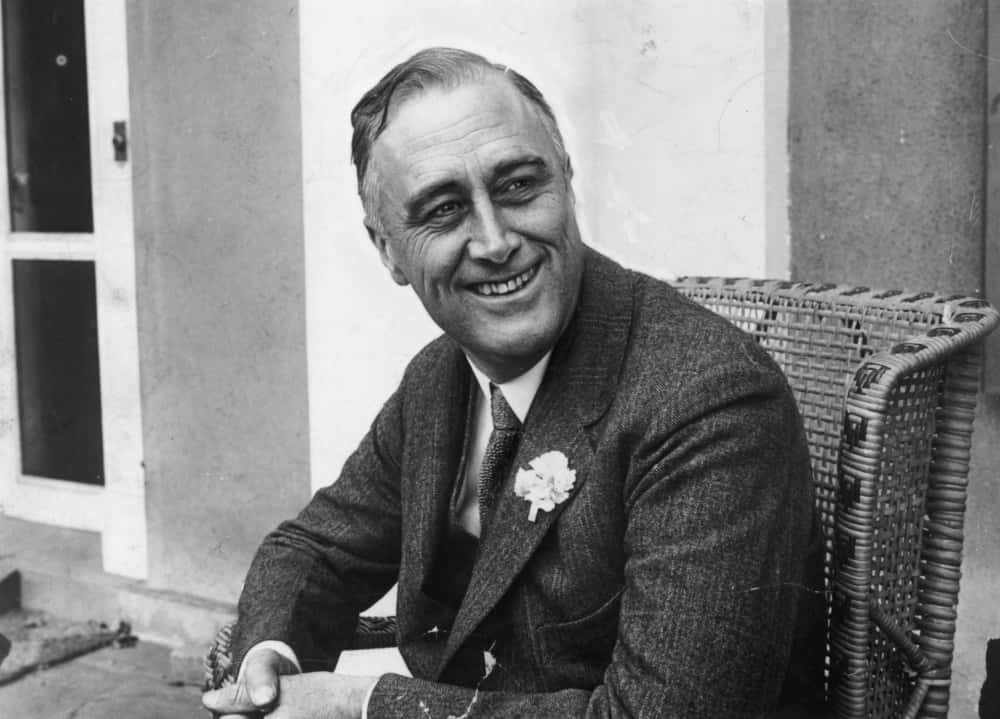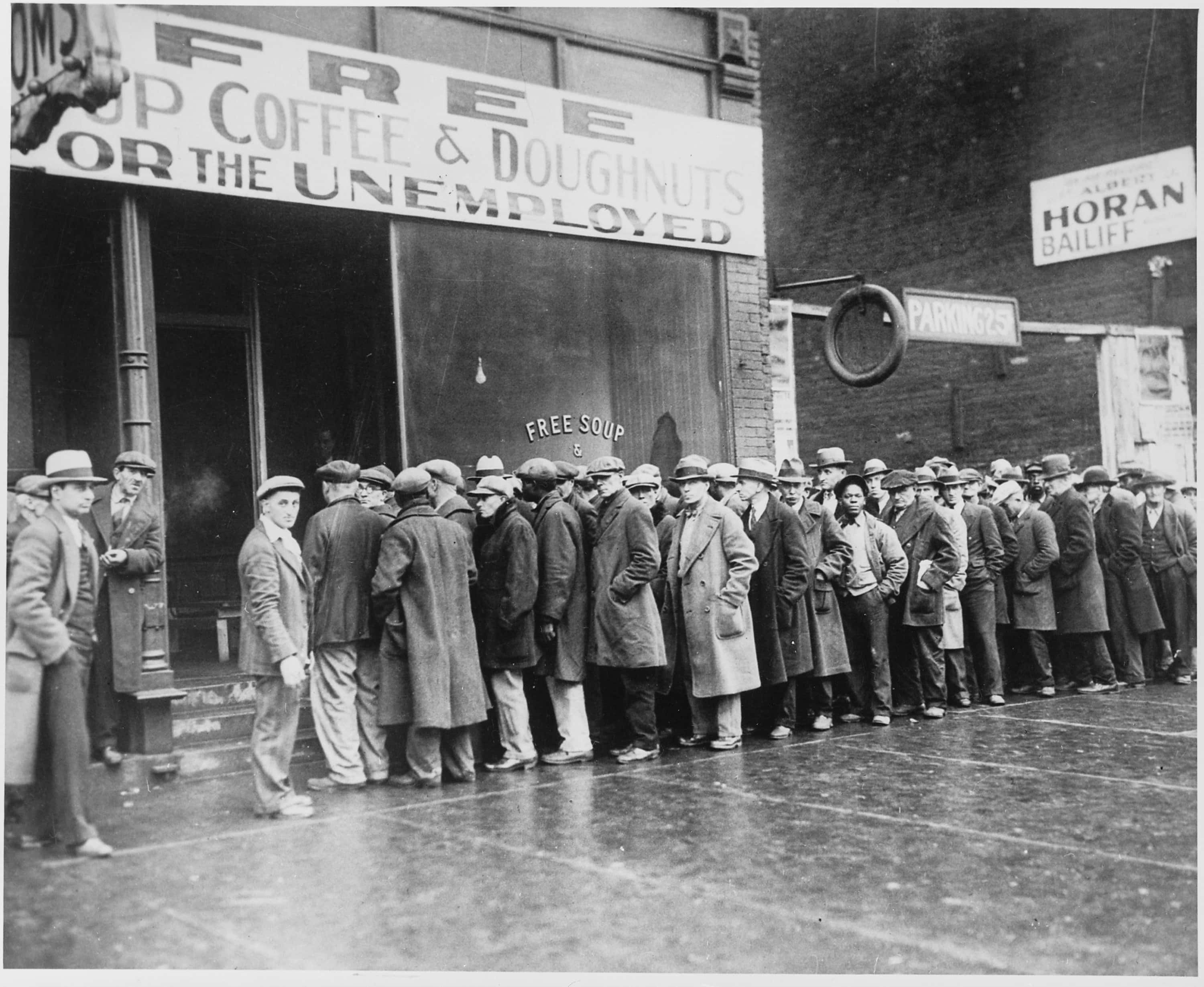When we think of economic disasters, it’s usually the Great Depression that pops into mind first—sorry, 2008 financial crisis. The effects and aftermath of the Great Depression had a massive role in shaping the world as we know it, despite the fact that it began nearly a century ago. We all know when it started: Black Tuesday, the infamous the Wall Street crash of October 29, 1929. But despite its dramatic entrance, it would take more than one day for the world to lift itself out of one of the worst financial crises of all time. So, when did the Great Depression end?
Great Depression Editorial
Roosevelt and the New Deal
In November 1932, the American people elected Franklin Delano Roosevelt as President of the United States. During his campaign, he promised a “new deal for the American people.” This was an oath which he actually began to enact when he entered office in March of 1933. By that time, much of the rest of the world had begun to recover from the Great Depression. However, the US was crawling out of the crisis at a much slower rate.
From 1933 to 1936, the new President spearheaded legislation to get America back on its feet. This included many different programs, public work projects, reforms, and regulations. These programs were meant to target and aid those who’d been hit hardest by the Great Depression: farmers and the unemployed.
The cornerstones of the New Deal were the three Rs: Relief for those who needed it, Recovery of the economy, and Reform to avoid another financial crisis. The government created many new programs and agencies in this time, some of which still exist today. For example, the Social Security act dates back to the New Deal. And, for a while, the New Deal worked—it looked like the US was ready to rise again as a financial power.
It’s Not Over Yet
Things were looking good at the start of 1937. While the unemployment rate wasn’t recovering as fast as it could have, production, profits, and wages were climbing back to pre-Black Tuesday levels. Sadly, this upward trend was temporary. A major setback came in the form of the 1937-1938 recession, which lasted nearly 13 months. Production dipped quickly and unemployment began to rise again.
Of course, Roosevelt had been able to say that the financial improvement seen before this second recession had been his responsibility. Now, with another downturn at hand, that proud achievement became a liability.
When Did the Recession End?
Roosevelt had to make a choice. He could balance the budget or he could plunge a huge amount of money into a program meant to increase mass purchasing power. Thus far into the New Deal, he’d tried to keep the budget balanced, but things were dire (and so was, one would imagine, his approval rating). In the early months of 1938, he put $5 billion into a spending program. It worked, in a sense. The economy began to recover, and the GDP turned upwards again. However, unemployment would remain a huge problem for Roosevelt and his administration.
When Did the Great Depression End?
A variety of factors ushered in the end of the Great Depression. Lifestyle adjustments made by women and families were definitely a contributing factor that helped close the gap in the final years of the crisis. Many women reacted by putting off having children; others reduced household spending and extended the life of material goods they already owned. Some families worked to become more self-reliant (growing their own food, for example). More women also went to work.
The final nail in the coffin of the Great Depression was the outbreak of World War II. The tensions in Europe that preceded the outbreak of the War led to rearmament policies between 1937 and 1939, which stimulated the European economy. Government spending on the War furthered the recovery. The last lingering effect of the Great Depression in the US, the high unemployment rate, finally recovered completely when they entered the War in 1941. So, while it took years and a combination of efforts, from the small-scale to larger, for the Great Depression to end, it could be said that its definitive end was in December 1941, when the US joined World War II.













